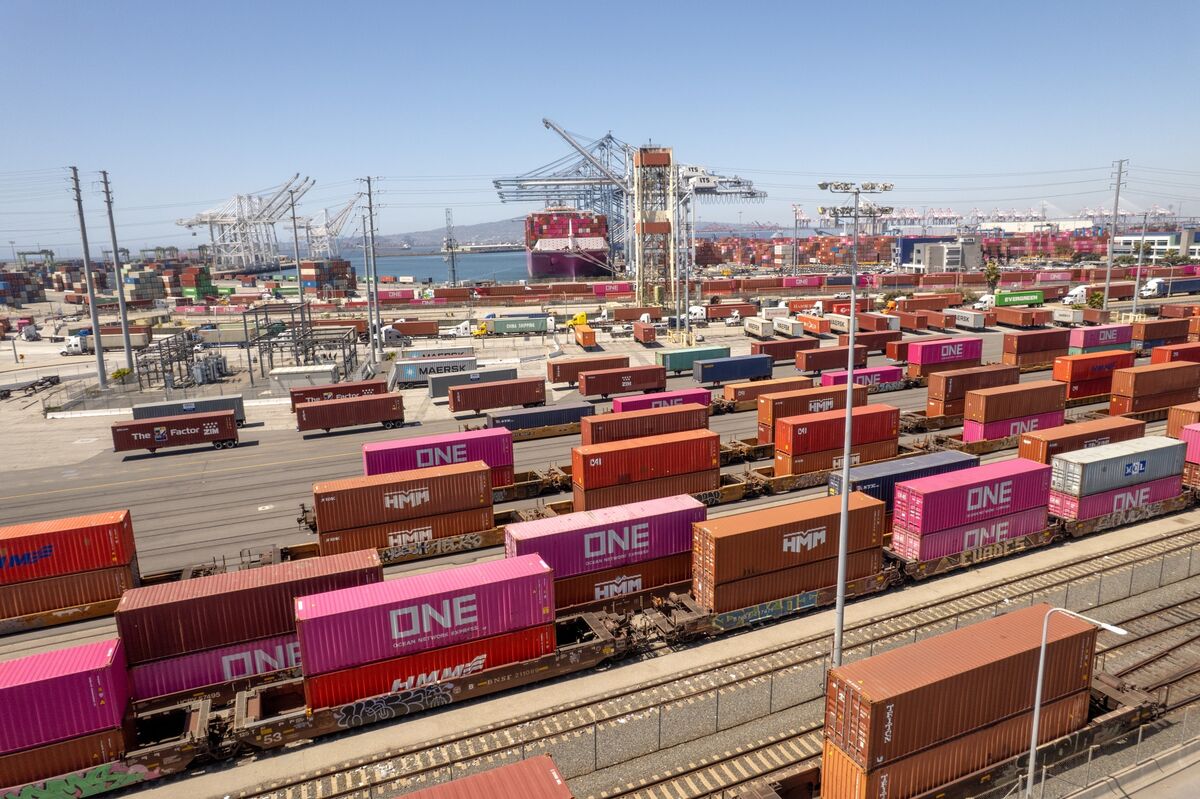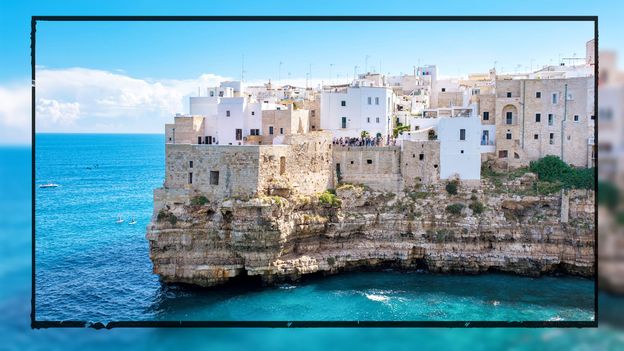- Arvind's Newsletter
- Posts
- Arvind's Newsletter
Arvind's Newsletter
Issue No. #1098
1.India’s industrial output growth slows to six-month low of 2.9% in February 2025
India's industrial production growth decelerated to a six-month low of 2.9 per cent in February 2025, mainly due to poor performance of the manufacturing, mining and power sectors, according to official data released on Friday.
The government also revised upward the industrial growth figure to 5.2 per cent for January 2025 from the provisional estimate of 5 per cent released in March.
The factory output, measured in terms of the Index of Industrial Production (IIP), rose by 5.6 per cent in February 2024.
2.India uniquely poised to combine sprawling DPI with power of AI: Nandan Nilekani
The adoption of artificial intelligence among the masses can happen much faster in India compared to the world because of the technological sophistication the country has been able to achieve in the last 15 years, Infosys co-founder Nandan Nilekani said.
Speaking at the Carnegie Global Technology Summit 2025, Nilekani said that owing to the quick mass adoption of AI in India, developments in the technology will also be much faster.
“If you look at what has been happening in India in the last 10–15 years when smartphones began, the initial use of phones was communication and entertainment, and dominated by western countries. Around 2015–16, with the rise of India’s digital infrastructure with the arrival of Aadhaar, UPI (unified payments interface), and so on, India became more sophisticated,” Nilekani said.
3.JioHotstar crosses 200 mn subscribers on IPL boost, ranks third globally
JioHotstar, India’s largest streaming platform, has crossed a major milestone by amassing over 200 million paid subscribers. The surge has been driven largely by its multi-language live coverage of the Indian Premier League (IPL), according to a Bloomberg report citing a senior executive.
“That makes us one of the biggest streaming services anywhere in the world,” said Uday Shankar, Vice Chairman of JioStar—a joint venture between Reliance Industries Ltd and Walt Disney Co, which operates the JioHotstar platform.
The latest numbers place JioHotstar as the third-largest video streaming platform globally, behind only Netflix and Amazon Prime Video. All three platforms are now in fierce competition to dominate India’s booming and highly competitive OTT market.
4.Overworked pilots, long hours, and fatigue are becoming a growing aviation safety risk in India.
A 28-year-old Air India Express pilot died of cardiac arrest in Bengaluru during his fourth sector of the day, sparking fresh concerns around crew fatigue. While the airline has cited a medical condition, the incident comes as the Directorate General of Civil Aviation (DGCA) prepares to implement stricter duty-rest norms starting in July.
Pilots and crew have also accused DGCA of turning a blind eye to the worsening work conditions.
5.Donald Trump bends to the power of the markets: the FT Editorial Board view
Donald Trump called his announcement of huge, self-destructive tariffs “liberation day”. For the financial markets, some liberation from the ensuing days of turmoil came a week later when the US president U-turned, and paused his additional levies on most countries except China for 90 days. The climbdown provided relief, but is no return to business as usual. Further falls in stocks on Thursday reflected nerves over the harm from a trade war between the world’s two largest economies, and a 10 per cent levy on imports from most countries to the US. The damage to the credibility of Trump, and the dollar as a reserve currency, will not be quickly repaired.
Jitters among senior Republicans and business people helped to force the president to blink. Yet the key factor was surely the precipitous slide in the markets — above all the mighty US government bond market. White House officials’ brazen assertions that Trump’s retreat was all part of a grand negotiating strategy were belied by his admissions about people “getting yippy”.
Investors and global policymakers will draw some comfort from the belated re-emergence of the “Trump put”, the notion that adverse reactions from equities or bonds can constrain the president. This should come with caveats. Trump cheered the rebound in US stocks after his backtracking on Wednesday. But another dip on Thursday left them down by double digits this year; in Germany, stocks are up more than 3 per cent. Yields on US Treasuries remained well up from a week ago. That suggests a significant shift in perceptions of US prospects.
Trump’s blunderbuss efforts to reset global trade rattled all the pillars expected of a reserve currency: stability, reliability, robust policymaking and the rule of law. Bond markets responded with a clear warning that regimes do change; a post-dollar world is possible. Rebuilding trust will be hard. After the past week, the continuing market jitters show that US financial dominance can no longer be taken for granted.
6.China has had its final say in the escalating tit-for-tat with the US over tariffs
The government in Beijing plans to raise its tariffs on US goods to 125% starting Saturday, after which it says it will ignore any more increases announced by Washington, the Finance Ministry said in a statement.
China’s move is in retaliation to the Trump administration increasing its tariffs on Chinese imports to 145% . In a follow-up statement, the Commerce Ministry in Beijing said Washington’s repeated use of excessively high tariffs is economically meaningless. “It’s become a joke,” the ministry said.
7.OpenAI has reportedly slashed the time it spends safety-testing its artificial intelligence models, sparking concerns that it is racing towards powerful AI without proper safeguards.
The company used to allow months for safety testing, but now just gives days, according to the Financial Times. AI safety campaigners worry about catastrophic risks from AI, including easing the development of bioweapons, and one former OpenAI researcher recently warned of arms-race dynamics leading to a dangerous dash for AI.
Most researchers think AI will have a beneficial impact for humanity, but warn there exists a chance of disaster. AI safety regulation is approaching, but it’s not clear how well governments understand the technology: One US cabinet member recently referred to it as “A1”.
8.Luxury Marriage
Prada Group announced yesterday it will acquire Versace from Capri Holdings for just under $1.4B, uniting two of the biggest names in Italian fashion. The deal—backed by approximately $1.6B in new debt—is expected to close in late 2025 pending regulatory approval, and comes amid market volatility driven by tariffs and a broader slowdown in global luxury sales. The acquisition returns Versace to Italian ownership after seven years with US-based Capri, which originally bought the brand for $2.1B in 2018.
Prada said it plans to revitalise Versace by blending its minimalist style with Versace's bold designs, which have struggled to adapt to the “quiet luxury” trend. Donatella Versace, who led the brand for nearly three decades, recently stepped down as creative director and will serve as a brand ambassador. Capri Holdings said it will focus on its remaining brands, Michael Kors and Jimmy Choo.
The deal is Prada’s largest in 112 years and aligns with its strategy to build an Italian luxury powerhouse rivaling French giants like LVMH and Kering.
9.How Hermès defied the luxury slump; The Economist
The luxury industry has lost its sparkle. A slowdown in the Chinese economy and a cost-of-living crisis in the West have led to a slump in sales of fancy frocks and posh bags. If, after a pause announced on April 9th, the high levels of tariffs threatened by Donald Trump are enacted they could throw the industry into a tailspin. Kering, a French luxury group that owns Gucci, has posted a string of profit warnings in recent quarters. At LVMH, another French luxury giant which owns Louis Vuitton, sales of fashion and leather goods have gone into decline.
Yet one firm seems immune to the downturn: Hermès. Sales surged by 15% in 2024 to €15.2bn ($16.4bn). Citigroup, a bank, reckons that figure could rise to a symbolic €20bn by 2027 and soon overtake sales at Louis Vuitton. The S&P Global Luxury index has dropped by more than 20% over the past year, but Hermès shares have lost just 4%. What can other luxury groups learn?
First lesson: control supply chains. Hermès runs small workshops filled with highly trained artisans. Some 55% of its goods are produced in-house or in exclusive partnerships; Adam Cochrane of Deutsche Bank reckons that figure is around 35-40% for competitors. Even in ready-to-wear clothing, where the firm uses outside manufacturers, it keeps suppliers close. Stéphane Wargnier, who worked in communications at Hermès for 18 years, was told to invite suppliers to the firm’s internal Christmas parties. In recent years the likes of Chanel, LVMH and Prada have poured money into buying their suppliers.
The second lesson is that luxury groups benefit from disciplined price increases. In-house production at Hermès crimps supply. Waiting lists for the brand’s most coveted bags stretch for years even though it charges some of the highest prices in the industry. Yet Hermès hasn’t targeted ever-fatter margins; it raises prices in line with costs of production and currency fluctuations. Over the past decade that has led to average price increases of 6-7% per year, according to Bernstein, a broker. The price of its classic Birkin bag has risen by about 29% since 2016 to $12,100, according to estimates from Sotheby’s, an auctioneer, while the price of Chanel’s quilted bag has more than doubled.

That restraint puts the firm in an enviable position. Most brands raised prices dramatically after the pandemic as customers started “revenge shopping”. According to McKinsey, a consultancy, 80% of the increase in revenues in the luxury market between 2019 and 2023 came from price increases and only 20% from growing volumes. As consumer sentiment has turned, brands are being forced to discount existing products and introduce cheaper ones. Most luxury executives are jittery about tariffs and a global trade war squeezing margins further. Hermès’s boss, Axel Dumas, is sanguine. He plans to pass on the cost of any new duties. “Our American customers will understand,” he says.
The third lesson is that it is possible for luxury groups to sell less pricey lines to “aspirational” customers without destroying brand image. Though a large chunk of its wares are eye-wateringly expensive, Hermès also sells more affordable products, like lipstick and nail polish. Carole Madjo at Barclays, a bank, says the attitude is: “you buy a lipstick today but in ten years you might buy a Birkin bag.”
It is a tricky balancing act. Brands such as Gucci have churned out cheaper items, like socks and bucket hats, and destroyed their reputation for exclusivity. By staying small and restricting supply Hermès has avoided that fate. The group has fewer than 300 shops worldwide, compared with 530 or so for Gucci. It increases production of leather goods by just 6-7% a year.
Other luxury groups will struggle to copy the model entirely. Luca Solca of Bernstein says Hermès is “in a league of its own”. The firm, founded in 1837 and still in family control, has spent time and money training artisans to produce high-quality bags. But if there is a weakness it is that there are only so many shoppers looking for a €10,000 handbag. Hermès’s wealthy customers may be less affected by the economic cycle. But when recovery comes and consumers open their wallets again, luxury houses that cater to the “aspirational” middle classes may gain the most.
10.Nine European vacation destinations to visit in 2025 if it's not your first time
From romantic retreats in the Mediterranean to fresh-air-filled Alpine hikes, these are the most exciting areas of Europe to visit this year.
While much of Europe is ripe with history, culture, cuisine and breathtaking landscapes, some spots are particularly primed to welcome visitors right now.
This is not your typical all-time European getaway list; you won't find Rome or London here. Paris made the cut because of its post-Olympics peacefulness (plus the reopening of Notre Dame, an icon that has finally found its voice). Instead of a lifetime bucket list, we've curated 2025-specific picks that will make this year's holidays particularly memorable. Many of these are unsung destinations free from the overcrowding that's caused tourism upheaval – and rows with locals – in highly touristed European cities for the last several years.
These are on-the-rise areas of Europe where you can experience iconic cultural sites, spectacular hotels and outdoor adventures. From spending days on the sun-soaked Mediterranean coast to climbing the highest Alpine peaks, here are nine exciting European destinations to visit in 2025.









